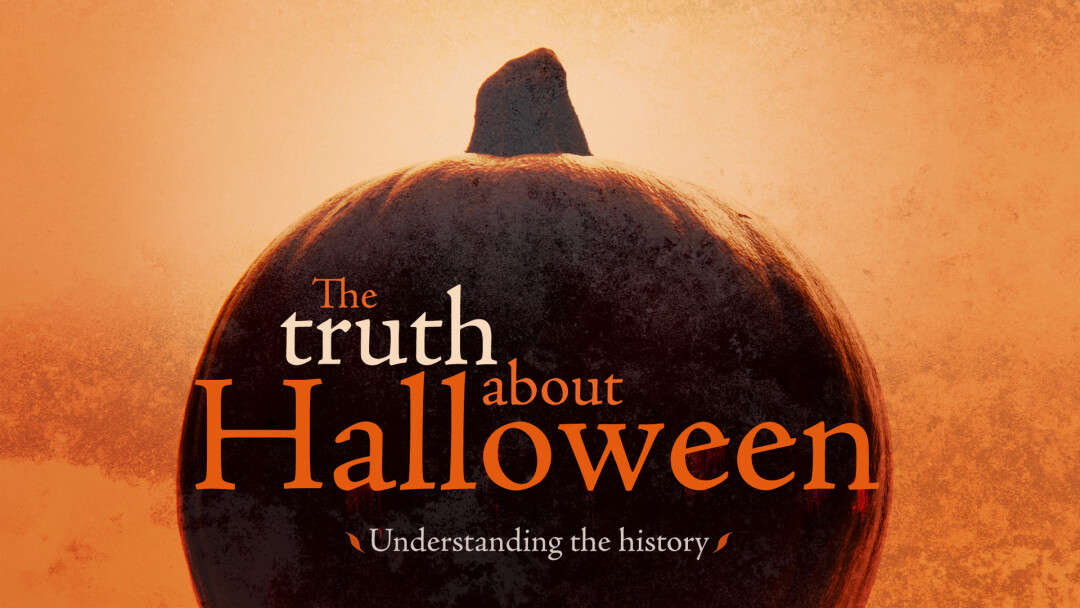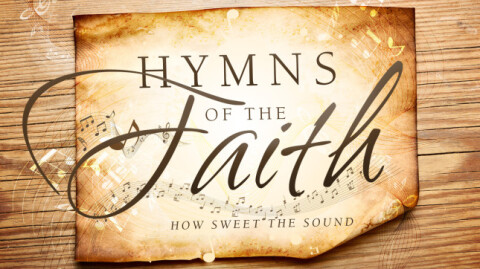
The word "Halloween" (or "Hallowe'en") means "the evening of Hallows."
"Hallows" is an older English way of saying "saints" — so, the Evening of Saints.
But why "the evening?" Many ancient cultures in the Mediterranean world and the Middle East, including Jewish cultures, understood the day as beginning with sunset rather than sunrise. This is why Genesis one says, "And it was evening, and it was morning, day one." (Genesis 1:5). Because the day began with sunset, the first worship service of a given day would be the evening service.
Put it all together and Halloween refers to the first service of worship for All Saints Day. That day falls on November 1 in the Western Christianity. That's why All Saints Eve (Halloween) is observed on the evening of Oct. 31.
So where or how did this observance get connected to jack-o-lanterns, ghosts, things that go bump in the night, and trick or treating? That connection comes from popular festivals already happening in many cultures worldwide to celebrate the midpoints between a solstice and an equinox, sometimes referred to as "cross-quarter days." Some cultures understood these as transition times where the lines between realms may become the thinnest.
The Celtic festival of Samhain fell at the cross-quarter day between autumn and winter, between warmth and cold, between harvest and dormancy for the earth, and so, metaphorically, between life and death.
Christian missionaries and bishops, particularly in England and parts of Western Europe, had concerns that some of these practices and beliefs ran counter to the Christian understanding of the resurrection of the dead. The church, beginning in the eighth century, added prayers to Christian masses remembering the dead and anticipating their resurrection. These were some of the first prayers connected to celebrations later known as All Saints Day (November 1) and All Souls Day (November 2).
All Saints included prayers for those the church had specifically designated as saints because of their particularly holy lives pointing dramatically to Christ at work in them. All Souls included prayers for all within the church who had died within the past year.
United Methodists and most Protestants have no "official saints." Thus, we usually combine All Saints and All Souls into a single observance. This celebration in the church accents our understanding of holiness in this life and our hope for resurrection in the age to come.
Cultural Halloween celebrations in the communities in which many of us live have continued to evolve alongside the church celebrations. Many local churches offer safe alternatives to traditional door-to-door trick-or-treating. Others focus more on giving than receiving. Collecting for UNICEF or giving Fair Trade chocolate are ideas for using the occasion to "treat" or give to others.
These activities need not be seen as either defining or limiting the Christian observance of All Saints. Our role in the church is to proclaim our own witness to what makes for holiness (becoming one of the "hallows") in this life, and our hope for the resurrection of the dead and the fullness of life in the new creation in the age to come.
Adapted from https://www.umc.org/en/content/ask-the-umc-what-is-the-united-methodist-churchs-view-of-halloween


